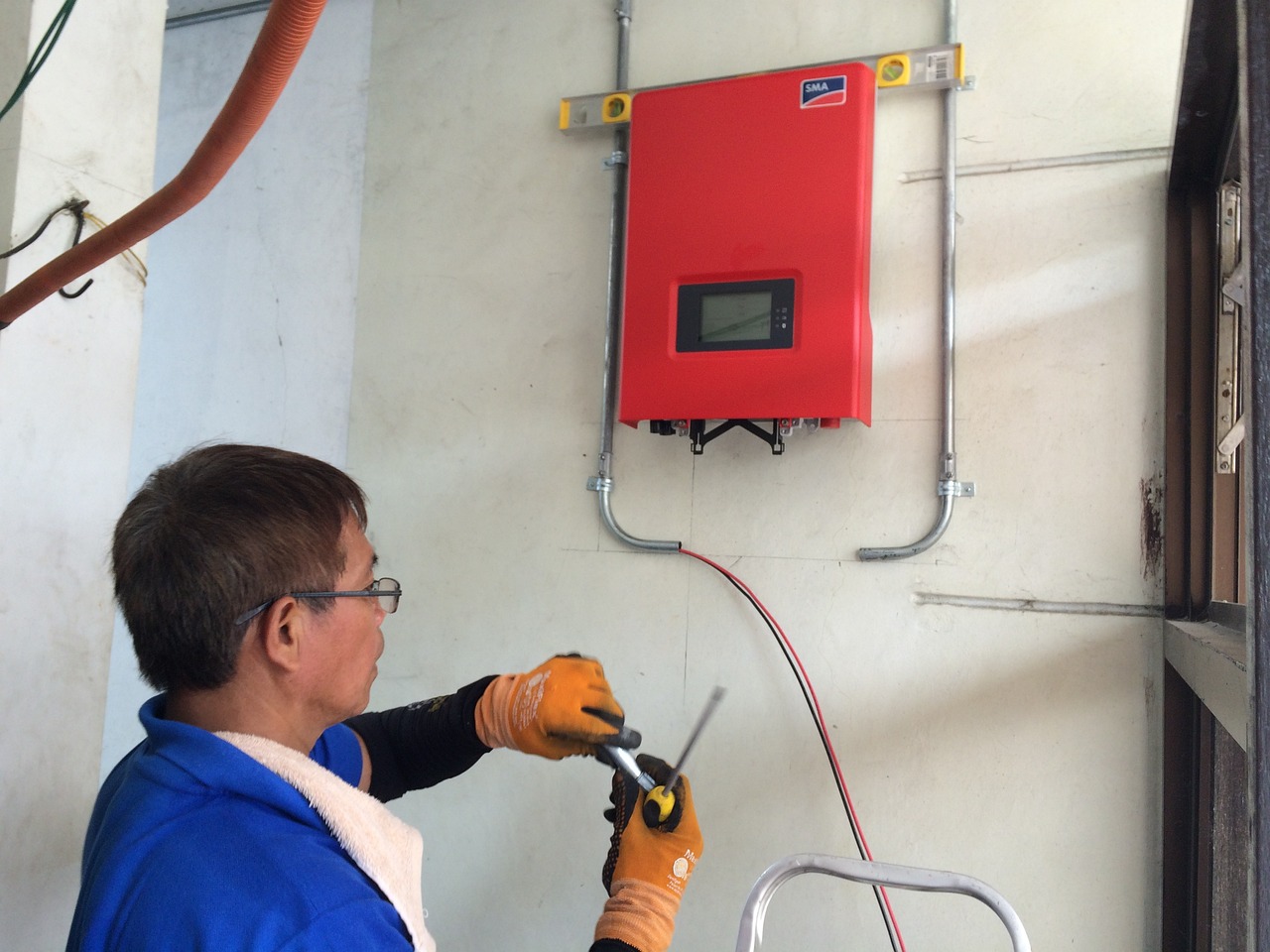Solar panels have been in the limelight for a while as a clean and renewable source of energy. However, it’s not just the panels that are crucial to this energy conversion process. The unsung hero of a solar energy system is the solar inverter. But what exactly is it, and why is its role so pivotal?
Demystifying the Solar Inverter
At its core, a solar inverter is an electronic device that transforms the direct current (DC) generated by solar panels into alternating current (AC), which is the type of electricity used by homes and businesses. Essentially, without a solar inverter, the energy harnessed by the solar panels would be unusable in our daily appliances and systems.
Varieties and Types
- String Inverters: Often used in residential settings, these inverters connect a series of solar panels, forming a ‘string’. They are a cost-effective option for many households.
- Microinverters: Attached to individual solar panels, microinverters convert DC to AC right at the source. They are ideal for systems where panels face multiple directions or are shaded, ensuring maximum efficiency.
- Hybrid Inverters: These combine the features of string inverters with battery inverters. They’re versatile and allow for energy storage.
Why the Solar Inverter is Essential
Bridging the Current Gap
In the intricate dance of electricity, there’s a significant distinction between Direct Current (DC) and Alternating Current (AC). Solar panels, by nature, generate DC electricity. However, most of our everyday appliances and infrastructure operate on AC power. This creates an immediate challenge: how can we use the DC power generated by solar panels in an AC-dominated world? This is where the solar inverter shines. Acting as the bridge between these two distinct types of electrical currents, the inverter converts the DC electricity from solar panels into the AC power our homes and businesses need. It’s a seamless and vital transition, ensuring that the abundant energy captured from the sun doesn’t go to waste. Without the inverter’s crucial role, the potential of solar panels would remain largely untapped, depriving us of this clean, renewable energy source.
Monitoring and Performance Insights
Today’s solar inverters are far more than just conversion devices; they’re equipped with intelligent monitoring systems. This added layer of technology provides homeowners and businesses with real-time insights into how their solar installation is performing. Through intuitive dashboards and notifications, they can track both energy production and consumption. These metrics empower users to understand their energy patterns, optimize usage, and make the most out of their solar systems. Moreover, early detection systems within these monitoring tools can identify drops in efficiency or malfunctions, prompting timely interventions. This proactive approach ensures that solar installations consistently operate at peak performance, maximizing both energy output and savings.
Safety and System Protection
Beyond their primary function of energy conversion, solar inverters are instrumental in ensuring the safety of solar energy systems. Given that solar installations are intricately linked to broader electrical grids, they’re susceptible to grid irregularities like power outages or surges. Modern inverters are equipped with sensors that can detect such anomalies. Upon identification, they immediately shut down the solar system, preventing the potentially hazardous situation of back-feeding electricity into the grid. This safety mechanism not only protects the solar installation but also safeguards grid workers and nearby infrastructure. When normalcy resumes, the inverter orchestrates a safe and systematic restart, ensuring continuous and safe energy production.
Conclusion
While solar panels might be the most visible part of a solar energy system, the solar inverter is undeniably its heartbeat. It ensures the harvested solar energy is not just stored, but transformed into a usable form, powering our daily lives seamlessly. As solar energy adoption continues to grow, understanding and appreciating the role of the solar inverter will be essential for every user and enthusiast.
